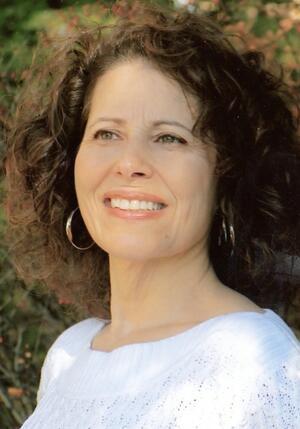How do I love Marge Piercy?
How do I love Marge Piercy? Let me count the ways:
I love her as a Jew and a feminist;
I love her as a poet and a novelist;
I love her as a teacher and an activist;
I love her as a cat-lover and a woman who has chosen not to parent.
I cut my feminist teeth on Marge Piercy’s poetry. When I first read “For Strong Women” I nearly wept with joy because someone finally understood me:
“A strong woman is a woman who loves
strongly and weeps strongly and is strongly
terrified and has strong needs.”
Take that! I wanted to shout at all those—and there had been many—who told me I was too loud, too needy, too passionate, too pushy, just too much.
When I first read “Rape Poem” I did weep, as one often does when confronted with a stark, utter truth:
“There is no difference between being raped
and being run over by a truck
except that afterward men ask if you enjoyed it.”
And when I first read “For the Young Who Want To” the last stanza became my anthem:
“The real writer is one
who really writes. Talent
is an invention like phlogiston
after the fact of fire.
Work is its own cure. You have to
like it better than being loved.”
If I had to pick my favorite Marge Piercy book, I would select Pesach for the Rest of Us: Making the Passover Seder Your Own. Why is this book different from all other books? For one thing, it’s equal part memoir, instruction, recipes, and poetry; in quintessential Piercy fashion it breaks the mold and is not easily defined. Not one thing or another, it is a beautiful hybrid, the whole being greater than the sum of its parts. In the book, Piercy discusses what it means to be Jewish, she infuses the text with feminism (in addition to a poem entitled “Eliyahu’s Cup” there is a poem entitled “Miriam’s Cup”), she teaches, she entertains, and she mesmerizes the reader with gorgeous poetry and prose.
I have to admit that poetry is my first love, and so my favorite part of the book is the poetry. Marge Piercy had the brilliant idea to write a poem for each element of the seder, including “Charoset,” “Karpas,” “Maror,” “Matzoh,” etc. and she also has the talent to pull this off with poems of startling beauty, inviting the reader to look at each familiar Pesach food as if seeing—and tasting—it for the first time. Consider these lines from her poem, “Matzoh”:
“Flat you are as a doormat
and as homely…
You are as bumpy as a mud basin
in a drought…
You are pale as the full moon
pocked with craters….”
And at the end of the poem, Piercy reminds us:
“The bread of flight and haste
in the mouth you
promise, home.”
Every year I read several poems from this book at whatever seder table I find myself (ever since I left my parents’ home, at Passover, I have been a true wandering Jew). Sometimes I read “Peace in a time of war.” Sometimes I read “The art of blessing the day.” Always, I read “An orange: Tapuz.” The act of placing an orange on the seder plate as a symbol of GLBT inclusion originated at Oberlin College, yet most know this story: years ago when Susannah Heschel was speaking at a synagogue, she heard a man say in anger, “A woman belongs on the bimah as much as an orange belongs on a seder plate!” Ever since then, many feminists have chosen to place an orange on their seder plates to assert that yes, we belong on the bimah, at the seder, and everywhere else in the world. Piercy’s poem instructs us:
“Be subject as well as object. Sing
in your orangeness of female strength.
Clash if you need to. Roll if you must.
Center the plate about your glow.
We are, we will be, we become: rabbis
yes, cantors, shapers, prophets, creating
a new Judaism that is yours and ours.”
And that’s what I love most about Pesach for the Rest of Us. It is an invitation to engage with Judaism, which is a living, growing, ever evolving thing that belongs to every single one of us. And I am grateful to Marge Piercy who, in poetry and prose reminds us of that fact over and over again.







The Fabulous on the Fabulous. Thanks, LesleÌÄåÁ for the reminder of Piercy's smart beauty.
Jane Yolen